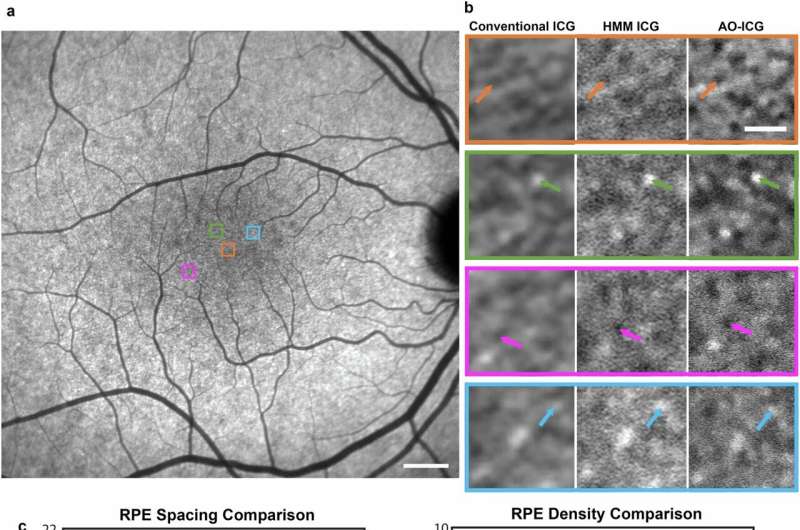“AI potentially puts next-generation imaging in the hands of standard eye clinics. It’s like adding a high-resolution lens to a basic camera,” said Johnny Tam, Ph.D., investigator at NIH’s National Eye Institute and senior author of the study report, which was published in Communications Medicine.
Imaging devices, known as ophthalmoscopes, are widely used to examine the light-sensing retina in the back of the eye. A scanning laser ophthalmoscope is standard in eye clinics, but its resolution can only make out structures at the tissue level—things such as lesions, blood vessels, and the optic nerve head.

